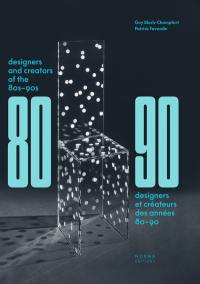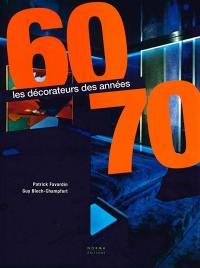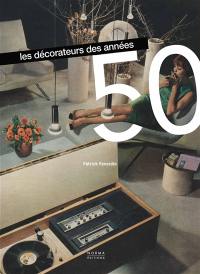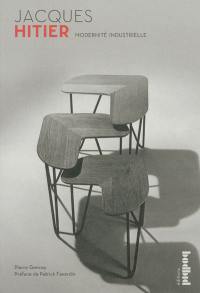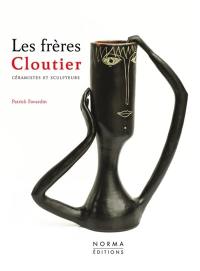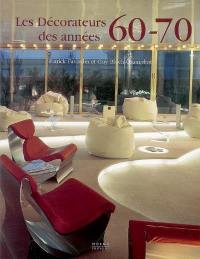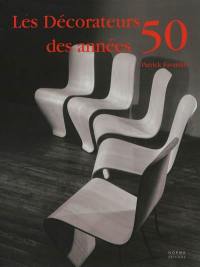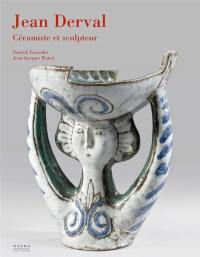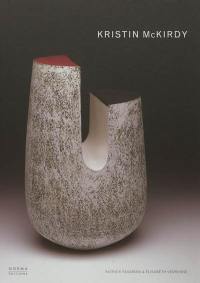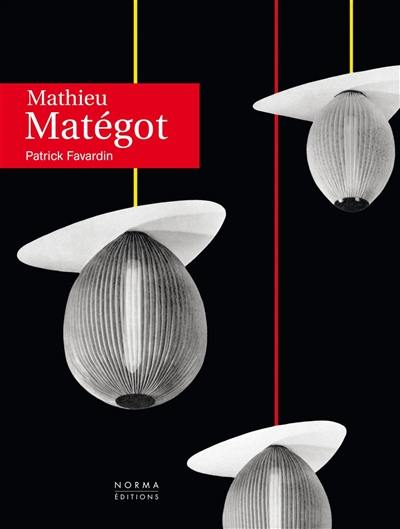
Fiche technique
Format : Relié sous jaquette
Nb de pages : 343-21 pages
Poids : 2280 g
Dimensions : 24cm X 32cm
ISBN : 978-2-915542-69-1
EAN : 9782915542691
Mathieu Matégot
Quatrième de couverture
Mathieu Matégot (1910-2001) est l'un des designers les plus inventifs des années 50. Cet artiste d'origine hongroise, créateur, décorateur et entrepreneur, fait preuve d'une grande productivité pendant près de quarante ans, jouant avec la matière, la forme et la couleur aussi bien dans ses créations de meubles, de 1945 à 1959, que dans l'art de la tapisserie, auquel il commence à s'intéresser dès 1939, participant à son renouveau, et qu'il exercera avec passion jusque dans les années 80. Il est l'inventeur d'un véritable langage, dont l'un des supports principaux est le Rigitulle, une tôle perforée qu'il a brevetée et qui lui permet de déployer, par un système de plis, son métal perforé dans l'espace. À l'aise avec tous les matériaux, il a également travaillé le verre, le bois, le rotin ou encore le laiton.
Ses créations, très populaires, ont été diffusées à l'étranger, notamment au Royaume-Uni et aux Pays-Bas. Il a régulièrement participé, durant les années 50, aux plus grands Salons, tels que le Salon des arts ménagers ou le Salon des artistes décorateurs.
Très sollicité, il a répondu à de nombreuses commandes, publiques ou privées : le restaurant végétarien La Saladière, à Paris, une partie du Drugstore des Champs-Elysées, deux foyers-bars à la Maison de la radio ou encore un aérodrome à Casablanca.
Cet ouvrage écrit par Patrick Favardin, spécialiste des arts décoratifs de la seconde moitié du XXe siècle, revient sur l'ensemble du parcours de Matégot, de sa découverte du métal perforé pendant la Seconde Guerre mondiale à ses dernières tapisseries des années 80. Grâce à de nombreux documents d'époque provenant notamment des archives familiales, ce livre aide à mieux comprendre la genèse de ses créations, mais aussi à découvrir comment l'artiste contrôlait avec finesse la production et la diffusion de ses oeuvres en organisant ses prises de vue, en éditant ses brochures...
Il permet avant tout de redécouvrir une oeuvre riche et variée, qui fait de Mathieu Matégot l'un des plus grands créateurs de la période des Trente Glorieuses.
Galerie Matthieu Richard
Dans leur galerie parisienne de la rue de Seine et sur les Salons spécialisés, en France et à l'étranger, Matthieu, membre de la Compagnie nationale des experts, et Sophie Richard contribuent depuis vingt-cinq ans à la découverte des arts décoratifs des années 50.
Ils y présentent notamment le travail de Charlotte Perriand, Jean Royère, Marc du Plantier et Georges Jouve. Mais c'est de l'oeuvre de Mathieu Matégot qu'ils se sentent le plus proche, appréciant tout autant sa poésie que la justesse du dessin et l'inventivité de ses créations. C'est cette passion pour ce designer et l'envie de le faire connaître qui les a amenés à participer
à l'élaboration de ce livre.
Mathieu Matégot (1910-2001) was one of the most inventive designers of the 1950s. This artist of Hungarian origin, a creator, decorator and entrepreneur, was extremely productive for nearly forty years, playing with materials, forms and colors in his furniture créations, from 1945 to 1959, as well as in tapestries. which sparked his interest as early as 1939. He took part in this art's renewal and passionately practiced it well into the 1980s. He invented a genuine language, one of whose main supports was Rigitulle, a perforated sheet metal that he patented and that enabled him to expand, through a folding system, this material in space. At ease with every sort of material, he also worked with glass, wood, rattan and brass.
His creations were very popular outside France, especially in the United Kingdom and the Netherlands. He took part on a regular basis,in the 1950s, in the most important fairs, such as the Salon des Arts Ménagers and the Salon des Artistes Décorateurs.
He received many commissions, both public and private : the vegetarian restaurant La Saladière, in Paris, part of Le Drugstore on the Champs-Élysées, two lobby-bars at the Maison de la Radio and the airfield in Casablanca, among others.
This work, written by Patrick Favardin, a specialist in the decorative arts of the second half of the 20th century, looks back on Mategot's entire career, from his discovery of perforated metal during World War II to his last tapestries in the 1980s. Through many contomporary documents, notably from family archives, this book sheds light on the genesis of his creations, but also helps us discover how the artist closely controlled the production and dissemination of his works, organizing his shots, publishing his brochures...
Above all, it makes it possible to rediscover a rich and varied body of work, which made Mathieu Matégot one of the greatest creators of the « Thirty Glorious Years, » 1945-1975.
The Matthieu Richard gallery
In their Paris gallery on the rue de Seine and in specialized fairs, in France and abroad, Matthieu, a member of the Compagnie nationale des experts, and Sophie Richard have been contributing to the discovery of the decorative arts of the 1950s for twenty-five years.
They have notably presented the work of Charlotte Perriand, Jean Royère, Marc du Plantier and Georges Jouve. But it is Mathieu Matégot's work that they feel closest to, appreciating the poetry as much as his accurate drawings and the inventiveness of his creations. It is this passion for the designer and the desire to bring him and his work to the public's knowledge that inspired
them to take part in creating this book.





